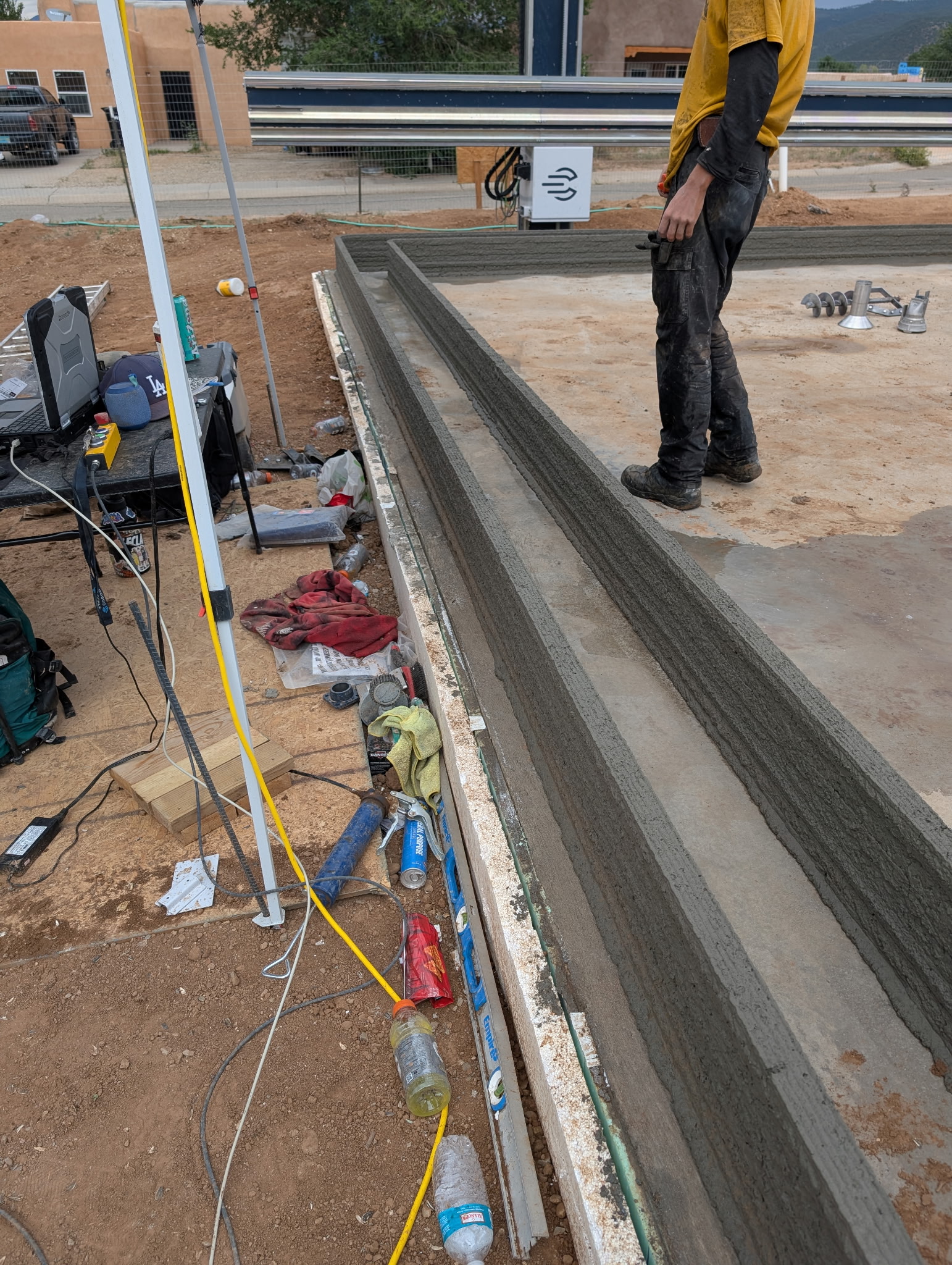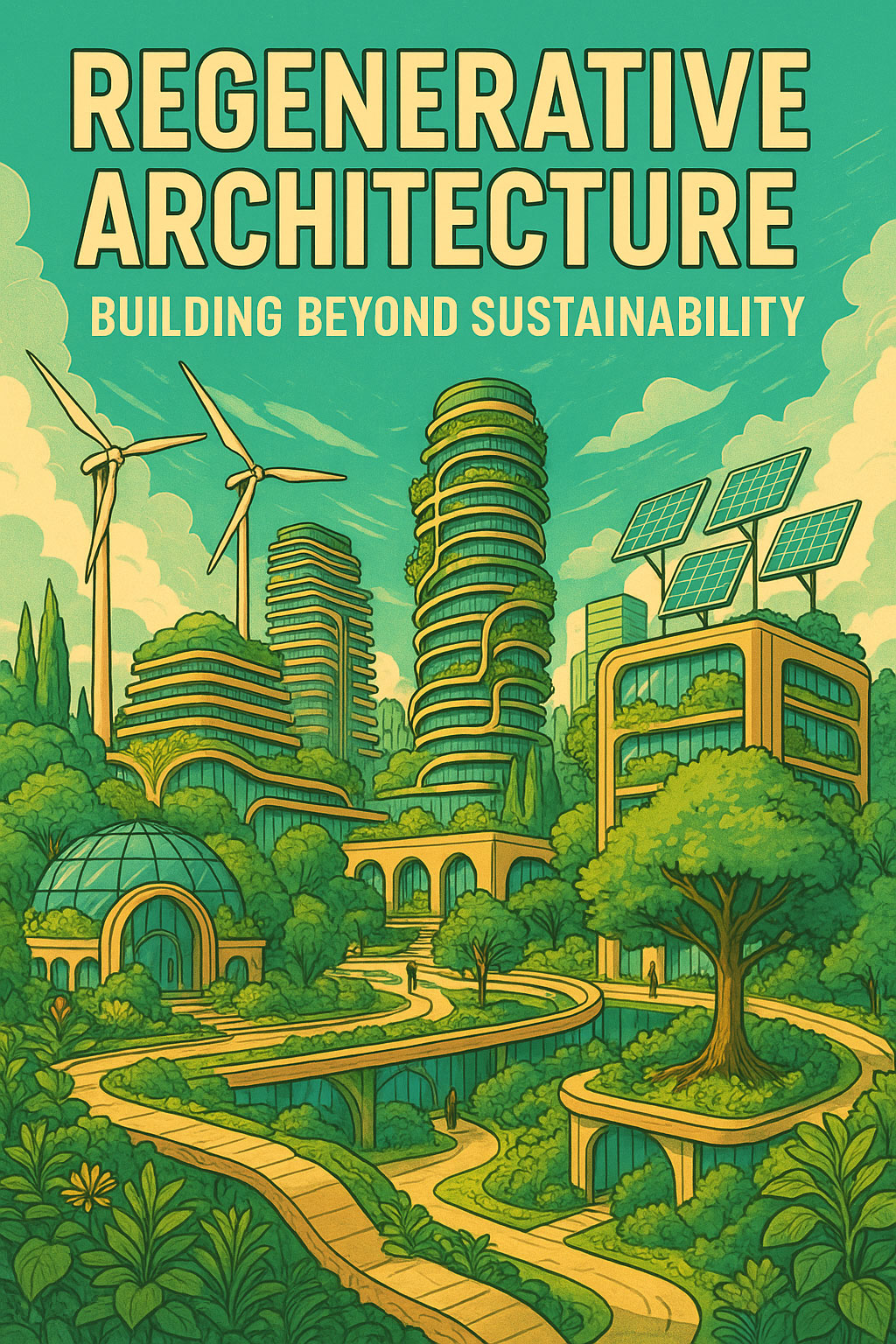California’s Morongo Valley, just outside of Palm Springs, is quintessential high-desert country. Surrounded by mountains and featuring almost endless sunshine, the tiny town can swing through 30 degrees on a given day and generally bakes during summers when daytime temperatures often hit the high 90s and stay there for weeks or even months. Its challenging climate forces adaptations on its residents, whether they be rattlesnakes, coyotes—or people. Trent Laughton of Not | Not Architecture & Construction, the architect and builder of two neighboring homes here, has had to come up with some inventive adaptations to make his first-ever Passive House project succeed.

“I worked at a high-end design build firm in Los Angeles for seven years, and then after striking out on my own, I wanted to get back towards sustainability,” Laughton explains, as he lays out how he came to be building this Passive House in Morongo Valley, while simultaneously constructing a code-built house on the neighboring lot. His two clients, who are friends, had bought the adjoining lots, and one was willing to pursue Passive House while the other held back, opting for meeting code and investing additional funds in other aspects of the build. “It’s fun, but it’s a lot of work,” he says in an understatement that is almost as dramatic as the peaks in the distance.
Since he left the Los Angeles firm, Laughton has been on a steep educational climb, first becoming a certified Passive House designer through the Passive House Network, then diving into multiple Passive House resources, such as the talks and videos on the Accelerator, and ultimately getting connected with Matt Bowers through the Certiphiers Cooperative. Bowers will be the home’s certifier and is helping Laughton as he compiles his first PHPP model. “He has been a great guiding light,” enthuses Laughton, adding, “Watching all these videos, and getting connected with other professionals—the amount of shared knowledge is a little bit new to me. Working in high-end residential construction, it seemed more like everybody was wanting to hide the magic.”
read more at passivehouseaccelerator.com







Leave A Comment